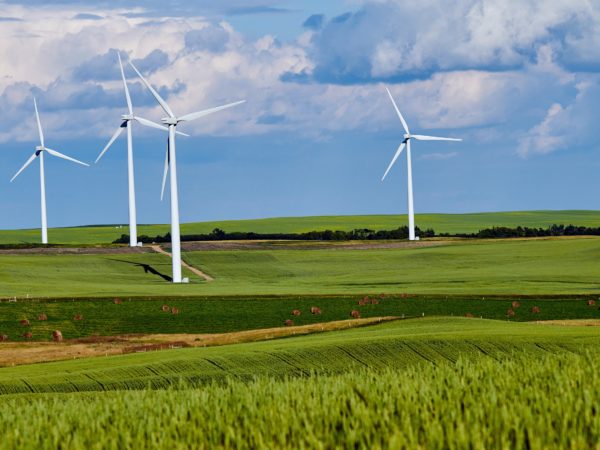The government has launched an open consultation with proposals to relax onshore wind planning regulations, as part of wider reforms to national planning policy in the Levelling-up and Regeneration Bill.
You can read our initial statement on the announcement here.
Read on for more detail on our key takeaways from the consultation:


